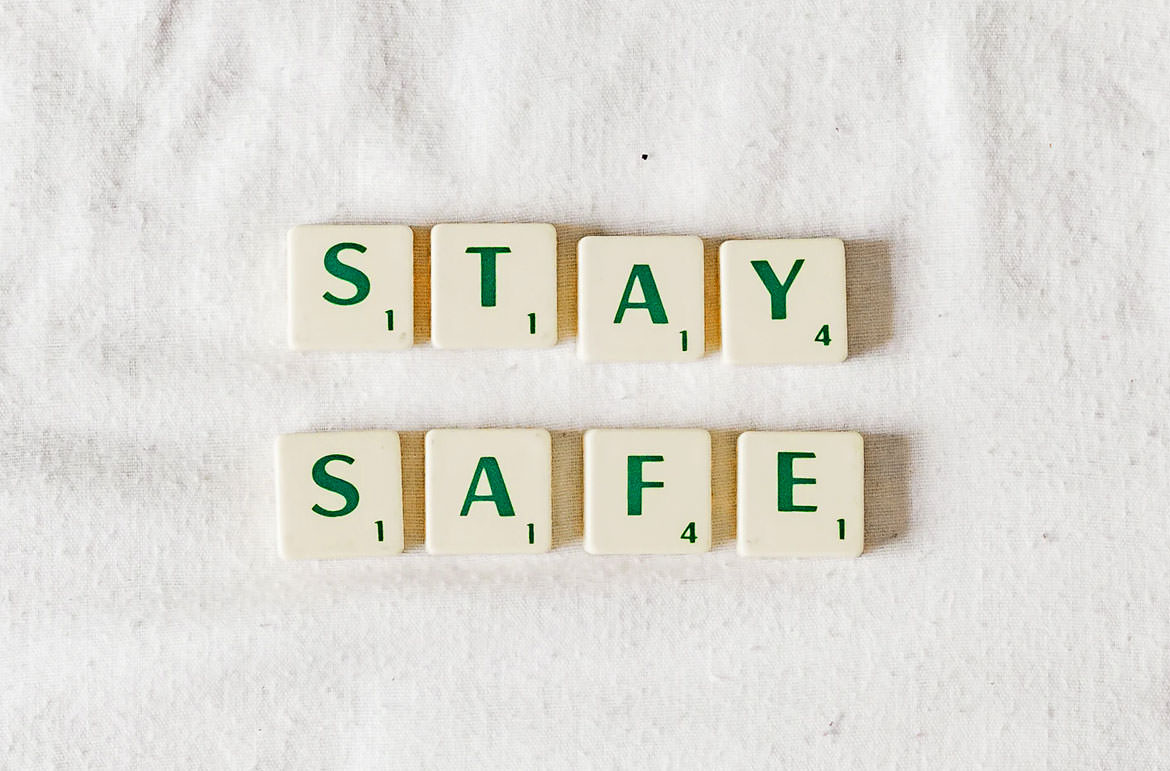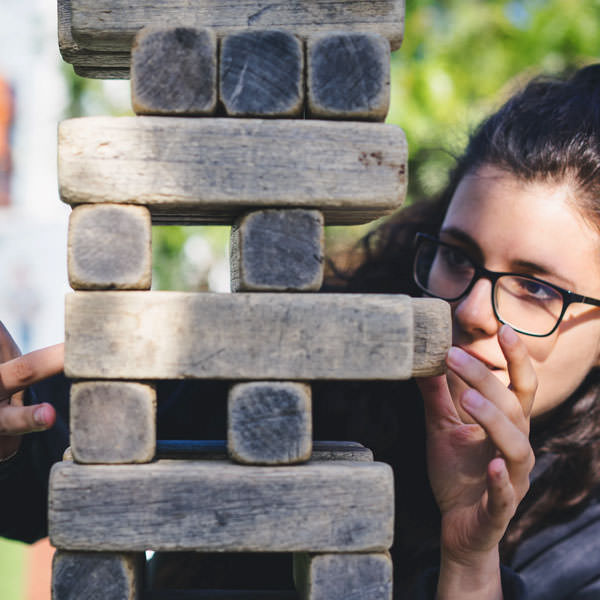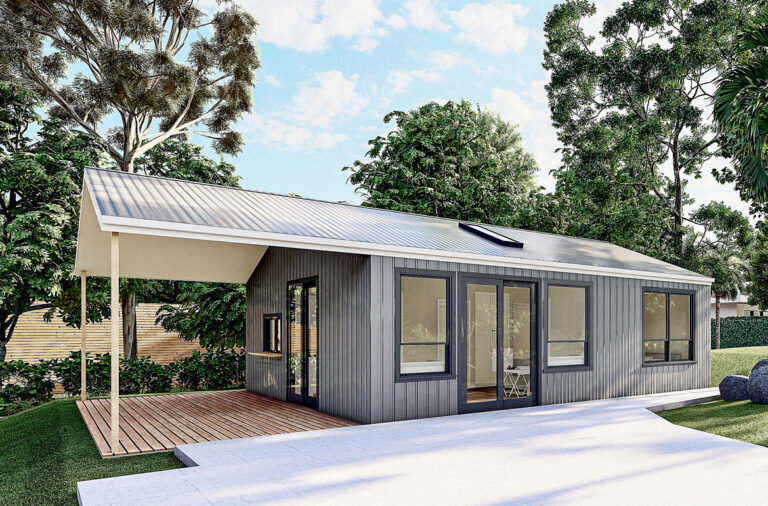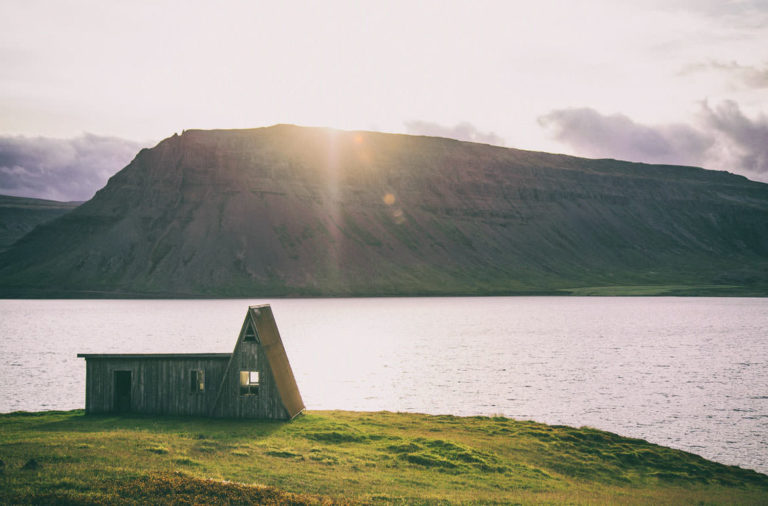
Something you may wonder, and something I get asked a lot – Are granny flats safe?
Yes. As with any home, there are hazards during construction, and potential dangers if the home is built to poor-quality. But build properly – with quality workmanship and the right materials – and you have nothing to be concerned about.
However there are dangers of an unapproved granny flats.
DON'T PAY A FORTUNE FOR YOUR GRANNY FLAT. Find out how to deal with council and build a granny flat for the lowest cost possible. Learn More.
I will list the hazards of building a granny flat and cover bush fire / flood zones. And let you know questions to ask your builder prior to building. Finally, I will discuss the importance of inspections during the build.
The Dangers of an Unapproved Granny Flat
The dangers of an unapproved granny flat are like the dangers of a house. For example, due to poor-quality workmanship, the ceiling may collapse on you.
I will elaborate on this further under the sub-heading “Builders Who Do a Bad Job“.
The issue is there are no “inspections” done during the build of an unapproved granny flat. This means that no third party was able to verify the building work going on. There is no clear understanding if the foundation for which the granny flat sits on is strong enough.
Or if it is built to an engineers specifications. And this isn’t a building I would want to step foot in.
What Are The Hazards with Building any Home or Granny Flat
Constructing a home/granny flat is risky, with many injuries occurring on site potentially resulting in permanent disability.

Building is very risky if not done right.
The most common problems are:
- Frequent and prolonged exposure to the sun.
- Physical hazards i.e. electricity.
- Workers falling down voids – for example, falling from heights. There were 2 fatalities and 1641 injuries in NSW alone between 2012-2015 from falls, trips or slips.
- People and materials moving on-site in an unsafe manner. For example, in NSW from 2012-15, there were:
- 1 fatality and 2704 injuries from body stressing.
- 3 fatalities and 1785 injuries by people being hit from moving objects, and
- 1113 injuries from people hitting objects with body parts.
There’s also the risk of exposure to dangers such as hazardous chemicals. The full list can be seen here.
A list of the “must-do’s” for your safety during every stage construction can be seen here.
A guide to identifying and minimising risks can be seen in the NSW Government Code of Practice for Construction Work.
Bush Fire Zones and Flood Zones. Are They Dangerous
It’s safe to build a granny flat in a bushfire zone or flood zone – the regulations are stricter, to ensure the buildings are safe.
A bushfire zone has a “BAL rating” (a “Bushfire Attack Level”). These range from;
- BAL Low.
- BAL 12.5.
- BAL 19.
- BAL 29.
- BAL 40.
- BAL FZ (this stands for “flame zone”).
These ratings tally the total amount of radiant heat expected in your area. For example, a BAL 19 rating equals a construction level that can resist 19 kilowatts of radiant heat per square metre. So, the higher your BAL rating, the higher the fire rating must be for a specific external building item.
When the BAL rating gets as high as BAL 40 – BAL FZ, items other than the building materials also need to be considered. For example, the window systems must be examined to ensure they comply with a BAL rating that high.
So basically, you are building a fire-rated granny flat, which is governed by the rural fire service. The building costs to do so are very high. The materials to build in a BAL 40+ zone are extremely expensive. So if you are considering buying land in a Flame Zone (for instance) and the granny flat is unapproved; It is highly likely it isn’t built to any fire rating.
Not all regions will allow a granny flat to be built in an area with a rating over BAL 29 – they don’t have the resources in the area to cover the increase in occupants. So if you spot a granny flat on land in a BAL 40 or BAF FZ area, treat it as highly suspicious.
NOTE: There is the potential for a loss of life if there were to be a fire, so it’s not safe to build a granny flat there.
There’s more information available on building in a bushfire zone here.
If building in a flood zone, Clause 7(A) of your Section 10.7 Certificate will state how severe your flooding is:
- Low risk flooding.
- Medium risk flooding.
- High risk flooding.
- Your land is impacted by ‘Overland Flooding’.
Low and medium risk flood zones aren’t too serious – you will be approved without difficulty.
However, the others mean you don’t comply with SEPP, so the process won’t be as quick and will be more costly. You may even be refused by Council to build in a high-risk flood zone as they deem it unsafe to build in.
If you go ahead with the build, you will need to hire professionals to perform additional work, to determine how high above the natural ground you need to build, ensuring you build above flood levels.
More information on building in a flood zone is available here.
Materials to Avoid When Building a Granny Flat
When building a granny flat, there are many building materials that you can choose from. But some that you are most likely familiar with are quite hazardous.
It’s important to choose the right materials – if you build with these materials I will list below, you are risking either:
- Causing harm to the occupants, or
- Building a granny flat that is structurally unsafe and will cost you extra to fix.
So, when building your granny flat, be sure to avoid the following materials.
Asbestos
Many houses built in Australia before 1990 contain asbestos. It was a common product, due to its ability to fireproof, soundproof and insulate. However, it was slowly phased out of housing during the 1980s, then totally banned from 31 December 2003.
This is as breathing in asbestos fibres can cause:
- Asbestosis
- Lung cancer
- Mesothelioma
Those who are at more risk of contracting these diseases have usually been exposed to high levels of asbestos for a long period of time – so generally, those who have worked with the product. The risk of developing lung cancer from inhaling asbestos fibres is also higher if you are a smoker.
More information on when and where asbestos was used can be viewed at the Department of Health’s website. Further information on the health risks of asbestos can be seen at the NSW Government’s website.
Polyvinyl Chloride (PVC)
PVC is favoured by builders – it’s inexpensive, and lightweight yet sturdy. So, it’s often used in pipes, gutters, vinyl tiles, window frames, doors, moulding and electrical and data cabling installations.
However, in PVC there are dioxins and phthalates, both of which have been classified as carcinogens. Generally, these are only let out when PVC is being produced or demolished, but the use of the material still brings more carcinogens into the environment.
It’s also particularly concerning to environmental groups that it contains 56% chlorine, and various other chemicals. For example, the PVC used for cable insulation and sheathing has ‘plasticisers’ – this makes the material flexible.
Many of these chemicals are toxic, and can either be discharged, or release into the environment during a fire.
This great article provides more information on PVC, including environmentally friendly alternatives.
Silica
Silica is a naturally occurring material – it’s often found in some stones. As such, it’s surprisingly common in cement, concrete, brick mortar, and sandstone. Though it’s fairly safe if it’s inside these materials, if you are doing work such as demolishing, cutting, or grinding, this can fling the silica around in the air.
If you do these jobs repeatedly, you are breathing in silica regularly. This can cause:
- Silicosis
- Chronic obstructive pulmonary disease
- Lung cancer
You can change the way you perform these jobs, minimising the amount of silica used, but it’s far safer to use materials that don’t contain silica.
Lead
Lead was used in construction in Australia in numerous products, such as solders, batteries, lead paints and more. Though these products have now been banned, you may still find them at some worksites.
If exposed to lead, it will continue to increase in your body over time and can cause a number of unpleasant health effects. These can be seen at Safe Work Australia’s website. It’s best to remove lead from a building.
Fibreglass
Fiberglass is commonly found on construction sites, as it is a type of insulation for a buildings’ roof and walls. If you don’t follow safe working practices, working with fibreglass can aggravate the nose, eyes, throat, and skin.
The dust and fibres will be particularly itchy and stingy to the skin.
For safe working procedures of fibreglass, refer to the Government of Western Australia’s Mining Industry Regulation and Safety website.
Wood Preservatives
The Environmental Protection Authority (EPA) controls the wood preservation industry across Australia, as the preservative chemicals used to treat wood can affect air, water, land, and your health.
For the benefit of your safety, if you want to use wood, choose woods that have been treated with a safer mixture.
For more information, such as the hazard levels, see the NSW EPA’s website.
Builders Who Do a Bad Job. Australian Standards vs. Best Practice
In Australia, all trades are licensed, and so they have to build to Australian standards. Unfortunately, that doesn’t mean that their quality of workmanship has to be good. Things can pass Australian standards, and still look really bad.
This is the difference between Australian standards and what is known as “best practice”. Best practice is builders who want their work to remain high-quality, so will converse with other trades. For example, you have a builder who been maintaining “best practice” standards whilst building your granny flat.
Then, an electrician comes to site to install the wiring and electrical outlets. To make sure their high-quality standards are maintained, your builder will advise the electrician exactly where and how these are to be installed.
As there are no Australian standards or rules for best-practice, the knowledge that is required to specify to each trade the standard for best practice comes from experience. But best practice equates to a building that will stand the test of time.
These are the differences between a granny flat that stands for 10 to 20 years. As opposed to a granny flat that stands for 50+ years.
Questions to Ask a Builder Before You Build
It’s important to choose a good builder, and form a friendly relationship with them. Start by asking them these questions:
- Can I have your license number?
- Can you provide me with some of your references?
- Can I have a list of projects that you have finished?
- Would you be able to show me a few projects that you completed lately?
- How many projects are you working right now?
- How many secondary dwellings do you build per year?
- Are you able to guarantee me a construction timeline?
- How far away from my building site is it that you normally work?
- What time/s can I walk-through the project?
- What is my Building Maintenance Period?
- Who is my Building Supervisor?
- How long has your business been in operation?
- Do you have Builders Indemnity Insurance?
I have an article explaining why these questions are important.
The Importance of Inspections During the Build
Your granny will be inspected four times during your build, by a certifier. You need to pass all these inspections to get your granny flat approved.
They go in this order:
- Foundation.
- Frame.
- Water drainage.
- To give you your Occupation Certificate.
At each visit, they are checking that you are building your granny flat the way it was designed in the plans that gained you approval – either your Development Application (DA) or Complying Development (CDC).
You were granted approval, and thus a Construction Certificate, on the basis of these plans, and changing them isn’t allowed.
So basically, they are checking that you are building everything;
- Legally.
- To the correct strength and specifications.
- As per the advice given to you by the engineer.
- In the correct order.
Basically, safely. For example, making sure a strong gust of wind won’t blow the roof away. Passing these and getting your Occupation Certificate is important – your granny flat can now legally be occupied and insured.
I have an article detailing what a certifier does and how to find one.
Conclusion
A granny flat is just as safe as a house. Just be sure to follow high-quality standards during your build, such as;
- Building with safe materials.
- If using a builder, ensuring they are a great builder, who builds to best-practice.
- Following your building plans, so you pass all inspections by the certifier.
If you have followed these standards, you have built a safe granny flat and have nothing to be worried about.












